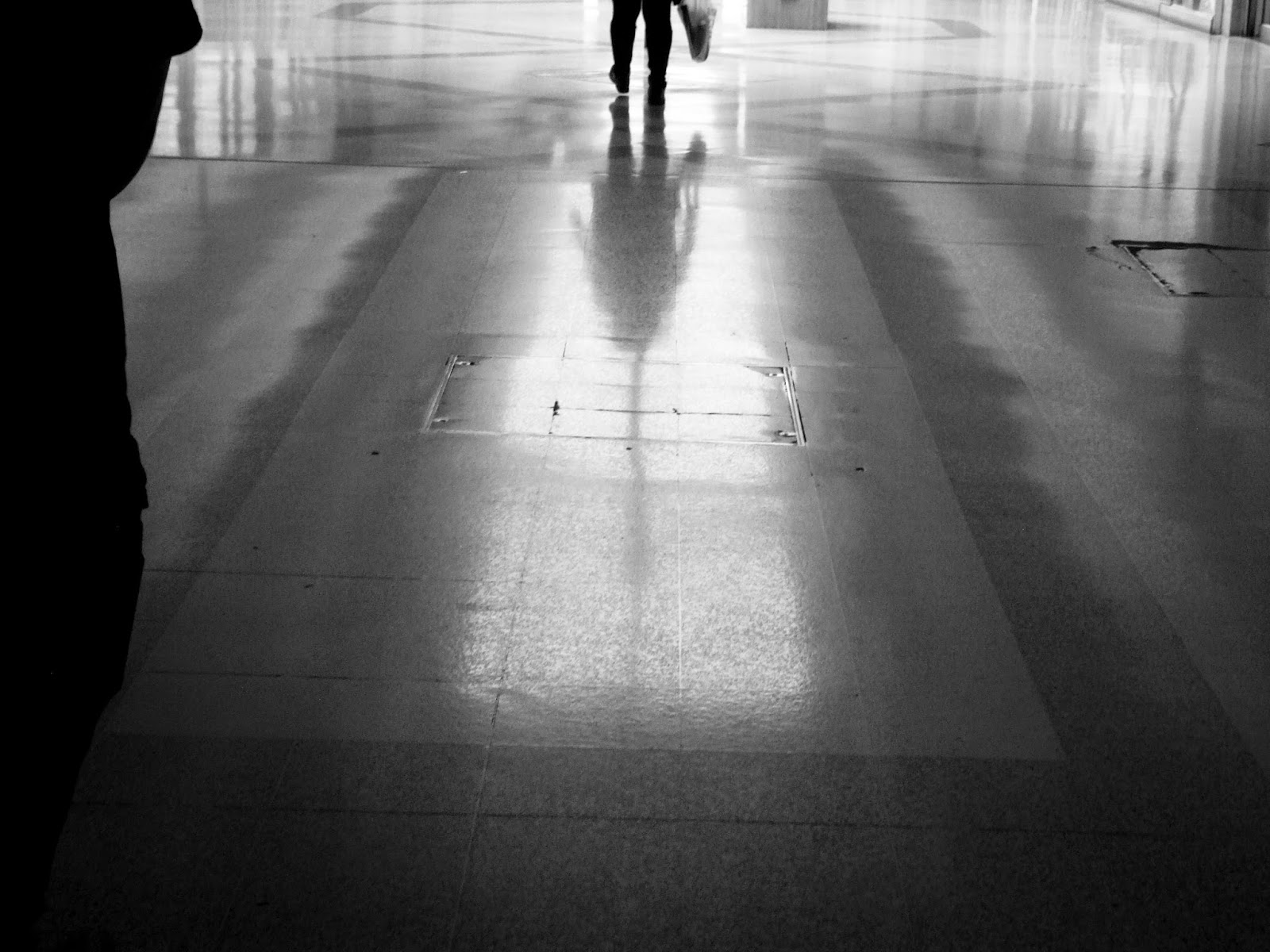I have chosen Norman Parkinson for the way that he photographs people. The way that he uses movement in his photos really make the person seem more fluid and natural instead of boring and uncomfortable. Parkinson was born in London, and went to Westminster School. He began his career in 1931 as an apprentice to the court photographers, Speaight and Sons Ltd. In 1934 he opened his own studio together with Norman Kibblewhite in London. Parkinson was a celebrated portrait and fashion photographer.

I chose this photo because it shows a way in which Parkinson has used repetition with people. Three women can be seen wearing the same outfit down the same street with one sign appearing after another, creating an unusual pattern. The people can be seen wearing black and white clothing, causing them to stand out against the background. The use of repetition allow for the effect of distance within the image to be more noticeable. The use of the same type of person across different distances allow for audiences to pay attention to the effect that distance has on each person.

I chose this photo because here we can see an example of the way that Parkinson would use movement in a way to make his subjects seem more relaxed when taking pictures. Here we can see that the woman on the bike is generating a natural smile as a result which seems a lot more original and works better with the picture than a forced one. We can see the woman in the photo stands out from the rest. This is achieved through the use of contrasts of the black shirt and hair of the woman compared to the lighter tones of the other children. She also stands out because she is on a bike while the other children are all roughly dressed the same, creating a pattern among them.

I chose this photo because we can see a common them of colour in this image. The main colour that is present in this photo is the colour white. This will react well with the black and white filter that Parkinson uses, adding more to the depth, tone and form of the photo by making the shapes stand out more in a bold white colour. There is a contrast of gender within the image. This is achieved by the woman wearing all white while the male is wearing all grey. The male could be wearing a darker colour because it is more masculine than the colour of white which offers connotations to purity. The trees appear dark in colour against the bright sky, causing a contrast. This causes the trees to appear like silhouettes against the background.

I chose this photo because of the way that parkinson uses tone in this image. The picture is kept very simple showing only a handful of characters. We can see that the black and white colours are used multiple times in this photo in the clothing, shadow and overall tone of the building. The way that the camera is positioned a;so gives a sense of depth when we see the way that the size of the people and shadows change over a distance. The woman in the foreground is dressed in white while the other people are dressed in darker clothes. Other contrasts can be seen within the image such as in the pavement. The floor in which the woman is walking on features patterns from the brickwork, while the pavement of the people wearing darker colours is bland.
Summary:
Parkinson is able to make an image seem more natural and is able to incorporate some of the formal elements into his work through interesting ways. Parkinson is able to make an image seem more natural through the use of movement. Parkinson makes his images more visually striking by incorporating formal elements such as pattern and contrast. This causes his work to be very distinctive from other images.
Influence:
I would like to incorporate some of Parkinson's methods into my own work. When i have the chance to photograph people will be sure to take a photo while the person is moving or doing something, in order to make sure that the image doesn't seem forced and to make all aspects of the photo seem smooth and natural. I will also try to consider ways in which I can reflect variation between people in the objects and use it to produce interesting results.

I have attempted to replicate the ways in which Parkinson incorporates the formal elements into his photos. As a result I have looked at repetition as an example. I have also tried to reflect variation by using dark colours on white background, offering some contrast to the image. I have been able to replicate Parkinson's use of formal elements through the use of photoshop. This has had a positive impact on my work as I was able to find new and alternative ways of showing the formal elements within my work. The use of photoshop has allowed me to find an exciting way of presenting my images while still staying faithful to Parkinson's use of formal elements.



















































